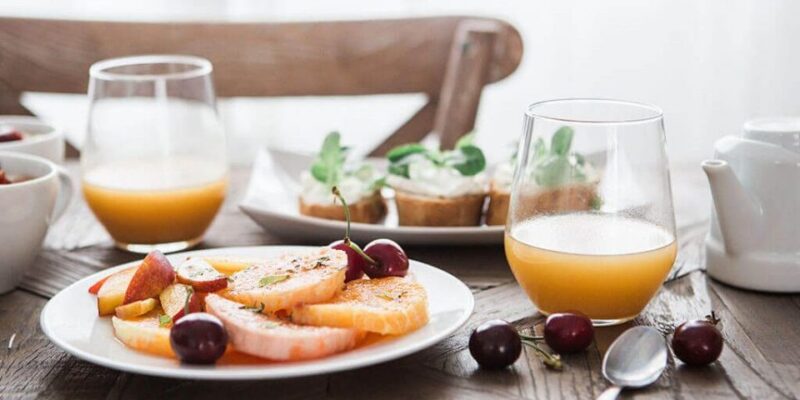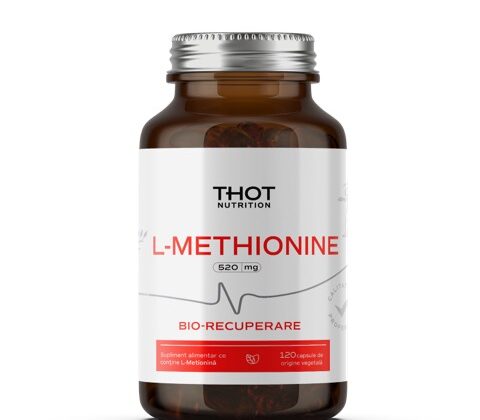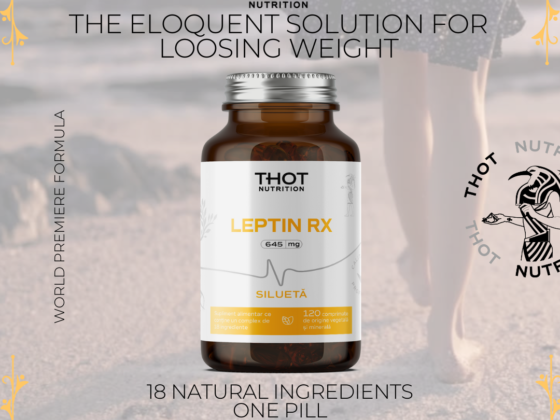Overview of the article
- The article aims to explain how to properly use keto nutrition and ketones (What are ketones)?
- We will find out what are the obstacles in ketosis.
- We will find out which are the main foods used in the keto diet.
KETO RULES
- First of all, the ketogenic diet (See article: The fundamentals of Keto Nutrition), regardless of its type, is not used in the long run. This type of nutrition is a very effective tool, but you need to know how to use it. Using this type of nutrition in the extreme is harmful to the body.
- Snack meals, intermediate meals and snacks are not recommended in the ketogenic diet. Meals in the ketogenic diet should be rich, saturated and preferably at fixed hours. You need to learn to feed yourself.
- Meals on a ketogenic diet should not exceed 2/day. There are exceptions, but here we are talking about the general lines.
- Breakfast or lunch is not recommended before 11-12 AM.
- The last meal must be not later than 20.00, after which you should not go to bed earlier than 3 hours after the last meal.
- In the first part of the day, consume unsweetened water, lemon water, ginger tea or other vitalizing teas (hibiscus, berries).
- The main meals need to contain a large amount of food to satiate you. Quantity is not so important (within the limits of common sense), but quality and composition matter.
- Between meals you can consume vegetable juices or nuts and seeds with a high fat content (preferably unroasted). Consume them in moderation: the equivalent of a hand / day. They are difficult for many of us to digest, especially if we have problems with our liver or digestive system.
Ketosis Obstacles:
- The most common obstacle is the lack of enzymes that process fats, for the simple reason that you are not used to eating so much fat. You need enzymes called lipases to process fats into fatty acids.
- Transport of fatty acids to cells and proper oxidation of fats in the mitochondria
- Fatty liver that blocks ketogenesis.
Basic Foods in Ketogenesis:
- Protein: The basis includes the following basic foods that combine in salads or complex meals.
- Fish
- Seafood and shellfish with a high concentration of fat (there are some with 5% carbohydrates).
- Meat of all kinds (Animal liver contains 5% carbohydrates)
- Eggs
- Insects (they have a very high concentration of protein)
- Spirulina, Chlorella, Hemp Seeds
- Purines and other legumes (These can also contain carbohydrates between 3-15%; purines should be eaten in moderation in the first days, then it’s ok)
- Fatty and preferably unprocessed dairy products (cheddar, goat’s or sheep’s cheese, sour cream, blue cheese or mozzarella). For dairy, I recommend supplementation with DPP 4 (Dipeptidyl Peptidase IV’s) (DPP IV – Enzyme that digests gluten and casein), because we no longer produce them and, in this way, we can metabolize them correctly.
- High concentration lipids:
- Ripe avocado
- Butter with 80% fat (as much as possible) and Ghee (Clarified butter)
- Cold pressed olive oil from organic sources
- Organic and active coconut oil (not processed or refined)
- Any other non-hydrogenated or non-esterified oil. These oils are generally obtained by cold pressing the seeds: pumpkin, sunflower, sesame, etc.
- Omega 3 oils – preferably DHA and EPA. There are 3 types of omega 3 oil.
- 2 from animal sources – DHA (docosahexaenoic acid) and EPA (eicosapentaenoic acid). These are the most preferable. The daily allowances vary depending on many factors.
- Main sources: Fish and seafood (salmon, sardines, krill, etc.)
- 1 from vegetable sources – ALA (alpha-linolenic acid) which is generally obtained from flax and hemp seeds but also other seeds such as chia. The human body can metabolize DHA and EPA from ALA, but hardly and in small amounts.
- Walnuts and seeds: Brazil nuts, Macadamia nuts, Pecans, Walnuts, Almonds, Hazelnuts, Cashews, Cashews, etc.
- Eggs, especially egg yolk. Whole quail eggs. You can eat a lot of eggs not just 2 a day.
- Organically grass-fed beef, grass finished beef
- MTC oil
- Whole or unprocessed dairy products (enzymes containing lactase will be needed here for their proper metabolism)
- Cocoa and cocoa butter
- Fats provide a lot of energy through ketosis and cut the feeling of hunger and fatigue.
- Leaves, vegetables and foods high in fiber and low in carbohydrates:
- All kinds of leaves: salad, arugula, endive, radicchio, created salad, red chard, kale, Romanian salad, cabbage, red cabbage, Chinese cabbage, etc.
- Root stems: onion, garlic, celery, rhubarb, artichoke, radish, endive, fennel, etc.
- Fruit-type vegetables (Solanaceae) here it is advisable not to exaggerate because they are also called night fruits; These vegetables are slightly acidic and cause acidity, so we need to eat them in moderation: tomatoes (preferably cherry tomatoes), peppers, eggplant – NOT POTATOES
- Legumes (Purine): beans, peas, lentils, chickpeas (Humus), beans (ATTENTION: they are eaten in moderation because they have in addition to protein and a large amount of carbohydrates and lectins)
- Other vegetables: avocado, asparagus, cucumber (family cucurbitaceous), green beans, green peas, edamame (green soybeans)
- Mushrooms: different types
- Sprouts of plant seeds: buckwheat, quinoa, alfalfa, soybean, onion, leek, mustard, fennel, basil, watercress, arugula, salad, carrots, white, red or black radishes, red, black and green lentil peas, chickpeas, mung beans, adzuki beans, clover and alfalfa, fenugreek; (Here we can also eat wheat sprouts or other cereals that are not indicated as ripe seeds)[1]
- Aromatic herbs: basil, mint, sorrel, coriander, parsley, thyme, pepper, etc.
- Fruits with low carbohydrate concentration:
- Berries, Citrus – WARNING: Although these fruits contain only very small amounts of carbohydrates, they are rich in fructose and glucose. For the severe ketogenic diet, I do not recommend, especially in the first 5 days, when you need to start the process of producing ketones.
- Kiwi
- Apricot (11% carbs)
A list of the main foods without a high concentration of carbohydrates can be found here: https://www.healthline.com/nutrition/44-healthy-low-carb-foods
__________________________
Reference:
[1] Ligia Pop – https://ligiapop.com/2009/08/29/germenii-semintelor-sanatate-curata/








